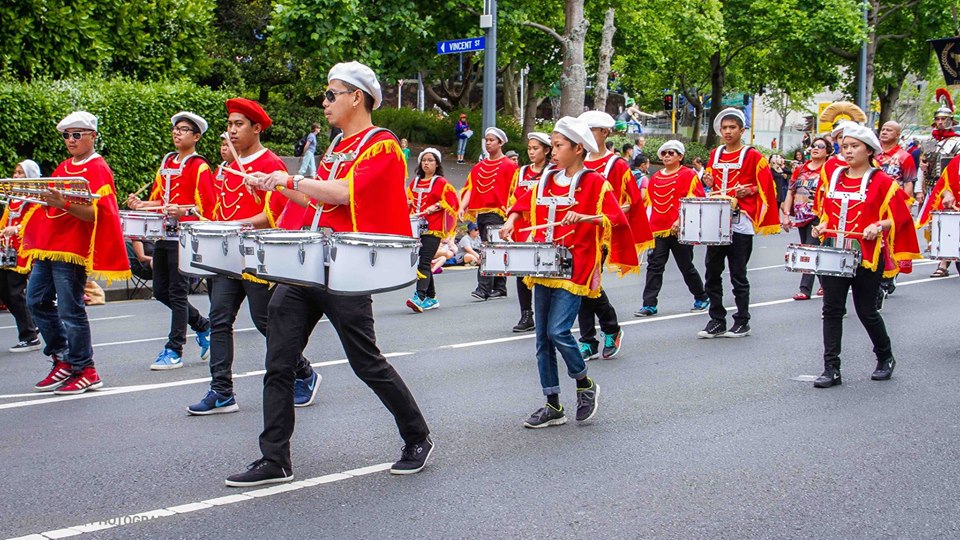AUCKLAND — After nine successive days of devout prayer, about 12,000 people came together to celebrate the Feast of the Santo Niño (Holy Child Jesus), on January 20 at the North Shore Events Centre.
Filipinos from almost all parts of the Philippines have a devotion to the miraculous Santo Niño, whose image sparked their conversion to Christianity. In 1521, explorer Ferdinand Magellan, arrived in the shores of Cebu (an island of the Philippines) and one of his men presented the image of the Santo Niño as a gift to the chieftain’s wife, after they pledged allegiance to Spain and were baptised. It was said that upon receiving the image, she immediately danced to praise the Holy Child with her handmaids following suit. Historians claim this to be the country’s first liturgical dance.
In 1565, a Spanish mariner named Juan de Camus discovered the image of the Santo Niño inside a pine box within the ruins of a burnt house. The image was taken out for a procession and the Spaniards ordered the creation of the Confraternity of the Santo Niño de Cebu, as well as instituting a festival to commemorate the finding of the image.
At a Mass at the North Shore gathering, Bishop Patrick Dunn said in his homily that he would like to think that the finding of the image was how God claimed the Filipino as his own; envisioning the Filipino people taking the helm as bearers of faith throughout the world.
The Bishop expressed his thanks to the Filipinos for the love, strength, and joy they bring in animating the Catholic Church in New Zealand.
The term “Sinulog”, by which the festival associated with the feast is known, is derived from the Cebuano adverb “sulog” that means “like water current movement”; describing the forward-backward movement of the Sinulog dance to the beat of drums. The liturgical dance is an expression of prayer and worship, akin to Miriam’s dance of thanksgiving before the Israelites as they were delivered at the Sea of Reeds (Exod. 15:20-21) and David’s dance of ecstasy before the ark (II Sam. 6:14).
Sinulog in New Zealand has been celebrated for 19 years, organised by the The NZ-Filipino Santo Niño Devotees Trust.
Pope Innocent XIII moved the feast day from its original date of April 28 to avoid conflict with Eastertide. In addition, he approved special liturgical texts for use during the local feast of the Santo Niño in the Philippines, set on the third Sunday of January, followed by the Sinulog festival.
Sinulog is the most resplendent festival celebrated in the Philippines, particularly in Cebu. Devotees of the Santo Niño, however, have spread far and wide, and thus, similar fiestas are held in other parts of the country.








